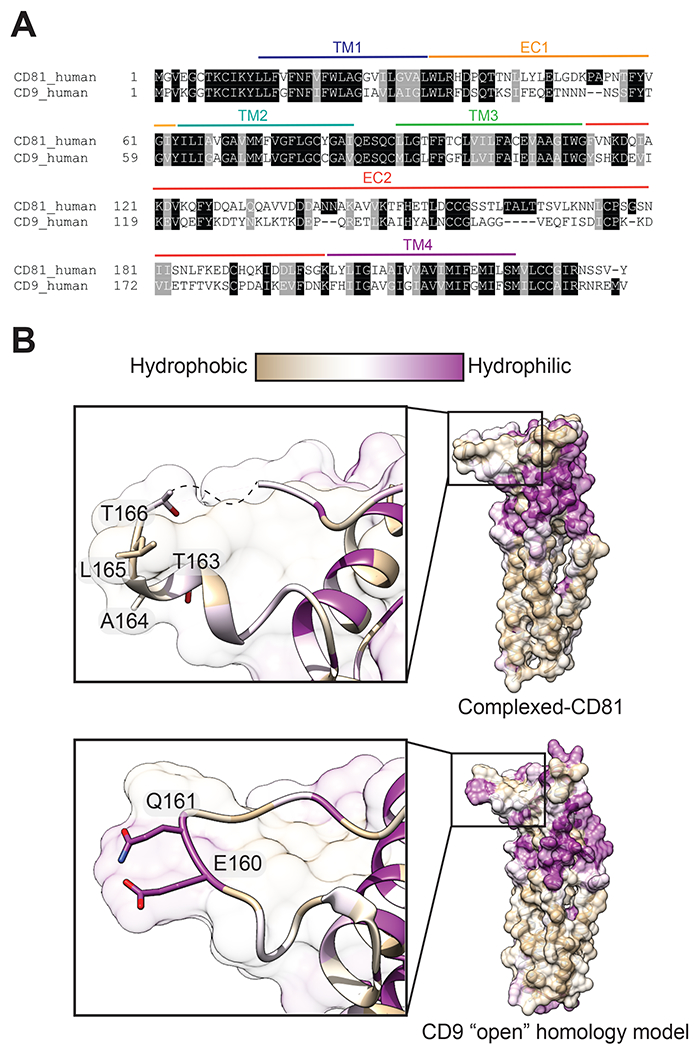Fig. 4. Structural comparison of CD81 to its tetraspanin CD9 homologue explains CD19-binding specificity.

(A) Sequence alignment of human CD81 and human CD9. (B) Homology model of “open” CD9 and CD19 complexed-CD81 with surfaces colored by amino acid hydrophobicity on the Kyte-Doolittle scale. Zoomed in panels show the key hydrophobic “TALT” sequence that is necessary for CD81 to recognize CD19, which is replaced a hydrophilic region in the analogous position on CD9.
